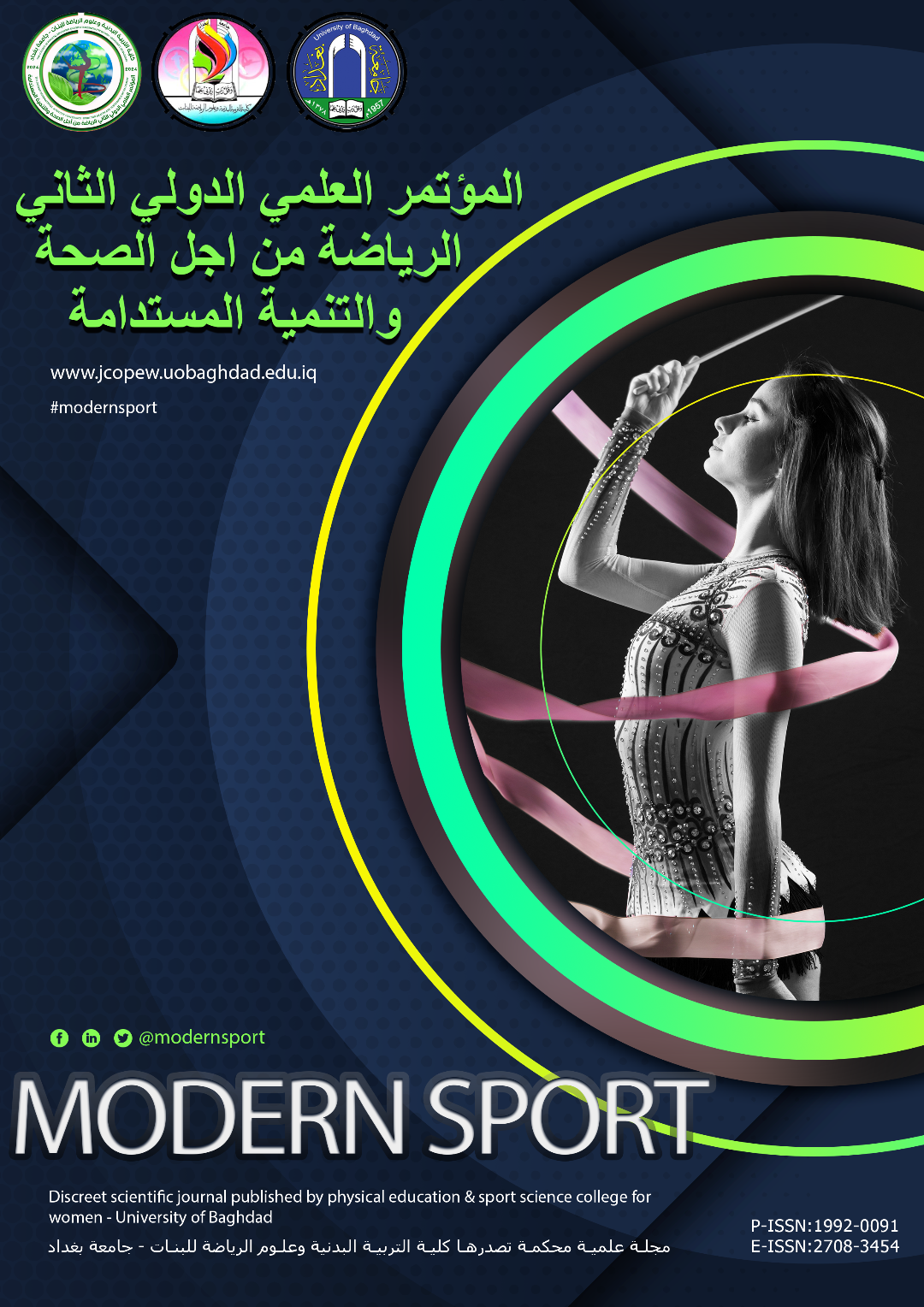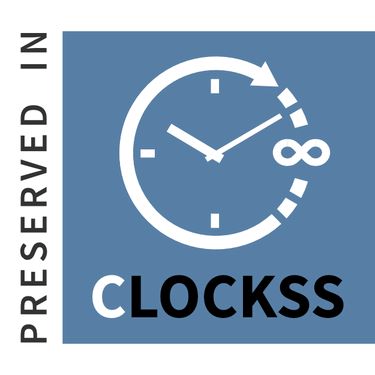Attentional control and the percentage of its contribution to the level of performance of the kinetic formation with the hoop tool in rhythmic gymnastics for students of the College of Physical Education and Sports Sciences for woman
DOI:
https://doi.org/10.54702/rr3r9k13Keywords:
attentional control, kinetic formation, rhythmic gymnasticsAbstract
The purpose of this paper is to apply a specialized measure of attentional control with the hoop tool in rhythmic gymnastics and to identify its level, and the level of performance of the kinetic formation of the hoop tool in rhythmic gymnastics for female students of the College of Physical Education and Sports Sciences for Woman. The researchers assumed that there is a significant correlation and contribution to the results of the attentional control measure with the results of a performance test. The kinetic formation of the hoop tool in rhythmic gymnastics in the research sample, and the descriptive approach was adopted in the method of correlational relations on a sample of female students who were chosen intentionally in a comprehensive enumeration method with a percentage of (100%) from the original research population represented by female students of the second stage in the College of Physical Education and Sports Sciences for Woman/University Baghdad, numbering (109) students continuing the morning shift for the academic year (2022-2023), were measured in the field with the scale and tested the kinetic formation of the hoop skills in rhythmic gymnastics over a period of (11) days in the gymnastics hall, and after processing the results with the (SPSS) system, the conclusions were The scale of attentional control with the hoop tool in regulated rhythmic gymnastics is suitable for what it was prepared for in measuring the attentional control of students in the College of Physical Education and Sports Sciences for Woman, and it has the conditions for accepting measurement tools in accordance with the specifications of measurement and evaluation, and it is possible to evaluate this attentional control among female students normatively and verbally through it, and it has Students of the College of Physical Education and Sports Sciences for Woman have an acceptable level of attentional control that enables them to perform the kinetic combination of the hoop tool in rhythmic gymnastics. Attentional control is linked to, contributes to, and positively affects the performance of the kinetic combination of the hoop skills in rhythmic gymnastics, and in a direct direction among the students of the College of Physical Education and Sports Sciences for Woman, and the two researchers recommended It is necessary to pay attention to mental measurement and work to support its precise specialized measurement that accompanies rhythmic gymnastics lessons at the College of Physical Education and Sports Sciences for Woman to increase attentional control because of its positive role in their performance of the kinetic formation of the hoop tool. It is necessary to adopt the results of specialized academic studies in sports tests when striving to improve the skill performance of the kinetic formation of the hoop skills in rhythmic gymnastics for female students, the College of Physical Education and Sports Sciences must increase its interest in increasing the availability of academic specialists in mental measurement to exercise their practical role in supporting the teachers in the rhythmic gymnastics lesson with this category of female students.
References
Al -Fadhli, Explanation of Abdel Karim, (2010). Specific analysis in kinetic science series. I (2). Baghdad.
Bahi, Mustafa Hassaban (2002). The reference in educational psychology in the sports field. Cairo. The Egyptian Anglo Library.
Barakat, Ali Rajeh. (2012). Pandora theory of social learning. Umm Al Qura University. Studies Magazine. It is issued by the Psychology Department.
Chala, Susan, (2023). Scientific Research in Behavioral Sciences. Lebanon. Al -Jinan University.
De Veries, M.R ETAL. (2018) . how the tuberous sclerosis brain pays attention, a fact sheet of the spectrum of intentional problems in Tsc. Tuberous sclerosis, from:www.tuberous_sclerosis.org.
Gharib, Saif Alaa, 2018. Open and effective thinking and its relationship to decision -making among graduate students. Master Thesis. Baghdad University. College of Education for Pure Sciences (Ibn Al -Haytham).
Nazer, 2010. S.M. The Effectiveness of Teaching through a Proposed Instructional Program Based on the Integration of the Theories of Multiple Intelligences, College of Art and Management Sciences, Umm Al-qura University.
Salahub, C. 2021. Electrophysiological measures of flexible intentional control and visual working memory maintenance.
Shimon, Muhammad Al -Arabi, 2017. Applied Sports Psychology and Sports Psychologist Guide. Cairo. Arab Thought House.
Theeuwes, J. & van der Burg, E. 2007. The role of spatial and nonspatial information in visual selection. Journal of Experimental Psychology-Human Perception and Performance, 33, 1335-1351.
. Saeed, W., Abed-Maleh, F., & Jary, H. S. (2019). Effect of Sponge Cylinder Exercises on The Rubber of Working Muscles to Perform Human Wheel Skill in Technical Gymnastics. Indian Journal of Public Health, 10(6), 651. http://dx.doi.org/10.5958/0976-5506.2019.01350.0
Downloads
Published
Issue
Section
License
Copyright (c) 2024 Modern Sport

This work is licensed under a Creative Commons Attribution 4.0 International License.















